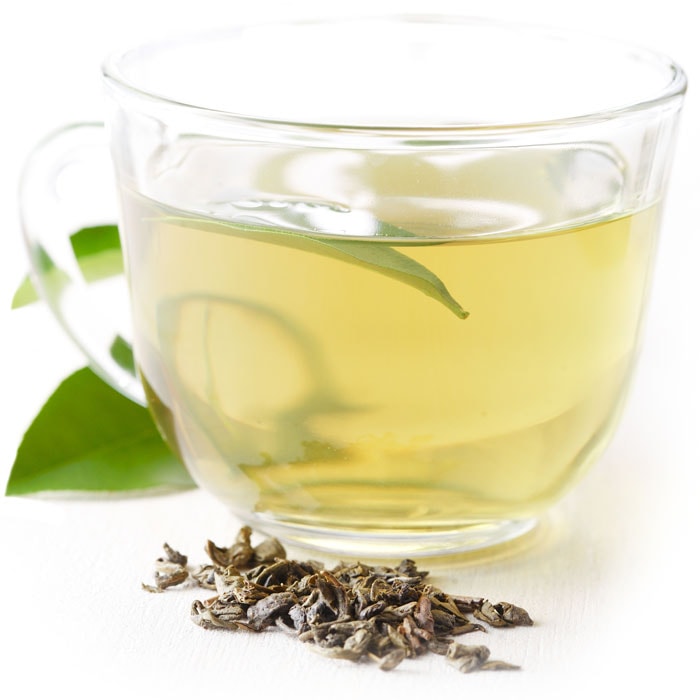
Written By: Sofia Layarda, MPH
Title: Master of Public Health
Alumni: University of California, Berkeley
Last Updated on:

Our pick this month is green tea, a popular beverage choice in many Asian countries, particularly China and Japan. (India, another tea-drinking nation, consumes mostly black tea, although there are select estates that grow high-quality green teas). All tea plants belong to the species Camelia sinensis; the difference among various types and grades of green tea lies in growing conditions, what part of the plant is harvested (the tender buds up top or the larger leaves further down), and the level and type of processing of the leaves after harvest. The highest quality green teas are harvested and handled as delicately as any high-quality wine would be.
Table of Contents

There is a growing body of literature that links consumption of green tea with numerous health benefits. Among the three main types of tea (green, oolong, and black), green tea undergoes the least amount of processing, which means it contains the highest level of polyphenols (compounds with potent antioxidant capacity). A cup of green tea contains approximately 50 to 150 mg of polyphenols. Of these, the most studied one is EGCG (epigallocatechin gallate), which has the highest antioxidant capacity of all the polyphenols in tea.
Regular consumption of green tea is associated with a lower risk of cardiovascular disease, improved cholesterol profile, lower incidence of several types of cancer, better blood sugar regulation, and protection against liver disease. In addition, there are studies suggesting green tea can play a role in bone and dental health, as well as helping burn fat. Green tea’s powerful antioxidants are also being studied for their potential in preventing cognitive diseases such as Alzheimer’s or Parkinson’s.
When buying green tea, opt for loose leaf rather than bagged since it tends to contain higher levels of antioxidants. Store the tea in an airtight container in a dark, cool, and dry place. Generally, one ounce of tea should yield anywhere from 15 to 30 cups of brewed tea. Another main difference between green tea and other types of tea is that it requires lower brewing temperatures than other teas. Check the package instructions or ask the vendor; the general rule is to use hot (not boiling) water that is around 160F to 170F.
Alumni: University of California, Berkeley – Sofia believes in bringing back fun and pleasure into everyday eating. She loves cooking, and is constantly experimenting with ingredients, creating recipes and trying them out on family and friends. Her latest interest lies in finding realistic and practical ways of environmentally-friendly food/eating habits.
antioxidant, green tea, grocery aisle, healthy every month, polyphenols, tea